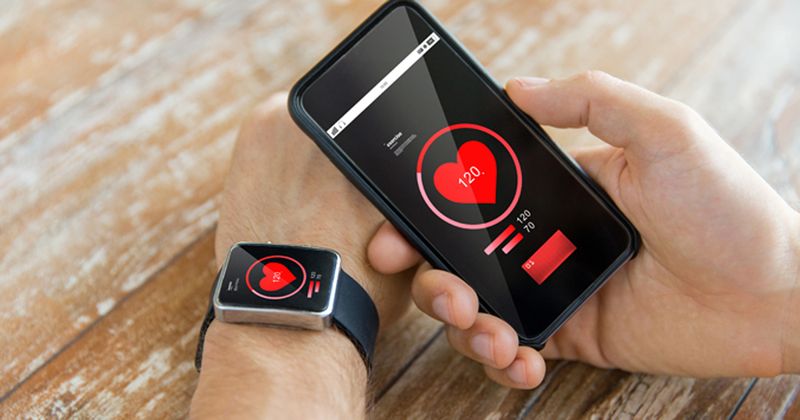In patients with AF, those with wearables use health care resources more often
Key takeaways:
- In patients with AF, compared with nonusers, users of wearable cardiac monitors were more likely to use health care resources.
- Wearables users were also more likely to engage in informal health care usage.
Among patients with atrial fibrillation, those with wearable cardiac monitors had greater use of the health care system for AF purposes compared with those without wearables, researchers reported.
In addition, one-fifth of those with wearables reported they had anxiety.

The study, published in the Journal of the American Heart Association, included 172 patients with AF (mean age, 73 years; 42% women) treated at an outpatient electrophysiology clinic from December 2022 to February 2023.
Lindsey Rosman, PhD, assistant professor of medicine in the Cardiovascular Behavioral Medicine Service at the University of North Carolina School of Medicine, and colleagues used survey and electronic health record data to compare patients who used a wearable device with those who did not for 9 months. The 83 patients with wearable devices were propensity-score matched to 87 controls based on age, sex, AF pattern, socioeconomic status, CHA2DS2-VASc score and history of rhythm control treatment.
The primary outcomes were AF-specific health care use, defined as inpatient/outpatient visits, rhythm-related testing and procedures, and informal health care usage such as telephone calls and patient portal messages.
In the wearables group, the most common devices were Apple Watch (56%) and Fitbit (31%) and 93% reported that they wore their device nearly every day.
Compared with nonusers, patients who used wearables had higher rates of symptom monitoring and preoccupation (P = .03) and more AF treatment concerns (P = .02), according to the researchers.
Among those with wearables, 20% reported having anxiety and a similar proportion said they always contacted their doctor when they received an irregular rhythm notice, Rosman and colleagues wrote. However, the Cardiac Anxiety Questionnaire total score did not differ between the groups.
Health care usage
The wearables group had more overall AF-specific health care use than the control group (mean difference, 1.35; 95% CI, 0.02-2.68; P = .04), driven by outpatient primary care or cardiology visits (P = .02) and rhythm-related diagnostic tests and procedures (P = .004), according to the researchers.
Among the rhythm-related diagnostic tests and procedures, the wearables group was more likely than the control group to have ECGs (P = .003), echocardiograms including transesophageal echocardiograms (P = .04) and AF ablation procedures (P = .03), the researchers found.
Wearables users were also more likely to use informal health care resources than nonusers (P = .05), driven by patient portal messages (P = .03), Rosman and colleagues wrote.
“Our findings show that patients with AF who use wearable devices demonstrate significant preoccupation with their cardiovascular symptoms, engage in excessive symptom monitoring, and report more concerns about their AF treatment compared with patients with AF who do not use wearables,” Rosman and colleagues wrote. “Moreover, while most wearable users reported that their device helped them feel safe, 1 in 5 reported intense anxiety in response to irregular rhythm notifications, and a similar proportion routinely contacted their doctors when ECG results were abnormal or indicative of possible AF. Additionally, AF-specific health care use and use of informal health care resources were significantly greater among wearable users compared with nonusers.”
‘Provocative’ but ‘subject to multiple biases’
In a related editorial, Christopher C. Cheung, MD, MPH, staff cardiologist and cardiac electrophysiologist at the Schulich Heart Program at Sunnybrook Health Sciences Centre and assistant professor of medicine at the University of Toronto, and Mussa Saad, MD, clinical fellow at Sunnybrook Health Sciences Centre, wrote: “While provocative, these findings remain primarily retrospective and subject to multiple biases. ... Does health care usage truly increase after an individual purchases a wearable device, or was that individual more likely to seek care irrespective of the wearable device?”
However, they wrote, the anxiety findings indicate that “it is critical that our health care community seeks to improve the understanding of our patients and wearable users alike. We need to ensure that our patients are educated on the potential findings of a wearable device, and the meaning of false-positive or false-negative results.”
